
|
|
|
|
|
|
|
|
|
|
|
|
|
|||
|
Dyeing Process basically discusses what you do with
the dyes. There are today available latest and state-of-the-art dyeing
methods that effectively colour the various substrates. This is a very
critical operation carried out in the Dye houses in a series of steps.
The pages here gives precious information regarding the various dyeing
processes in different industries. |
|
Dyeing Process
The dyeing process is used in a variety of
industries. Though the most widely publicised dyeing process is in the
context of textile dyeing but other popular dyeing processes are that in
leather, plastics and host of others. Let us see the method of working
in each of the processes.
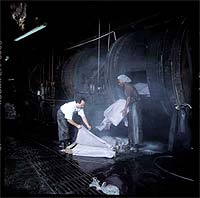
Dyeing Leather substrate is an uphill task. As
leather has myriad of structural differences, grooves, knurls, and folds
along with other sorts of imperfections. Therefore for achieving the
target of a level and uniform dyeing, the dyer needs to be an
experienced, and have a thorough knowledge of the dyeing processes,
properties and the auxiliaries that need to be used. Leather dyeing is
generally done by two processes. Drum dyeing and Rub dyeing, with Drum
dyeing being predominant. In the process of drum dyeing, the application
of dyestuffs to the leather is done by immersing the leather in drums.
The drum is then tumbled. This tumbling allows the leather to be fully
penetrated by the dyes. The ultimate aim of drum dyeing is getting the
desired color, that appears level and uniform throughout the skins. The
leather colourants that are used is dominated by the Acid dyes which
accounts for nearly 90% of the market, followed by metal complex dyes
and, cationic dyes to some extent. The dyes are applied either on the
grain or suede side.
A very stringent process control is needed in the
manufacturing of inkjet process. It involves the following:
The following points are vital in the manufacuring of inkjet and needs to be particularly taken care of:
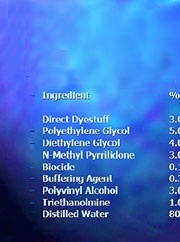 
Dyeing is the process in which a dye molecule gets
thoroughly dissolved and dispersed in the carrier. It can be in water or
some other carrier also, but it must be able to penetrate and colour the
textile materials in the process. In the textile dyeing process the
dyeing is carried out at different stages like polymer, yarn, fabric and
garment or even at the product stage.  The following figures illustrate with process flow diagrams the whole operation of finishing processes and how the dyeing process is a part and parcel of the process of textile making. 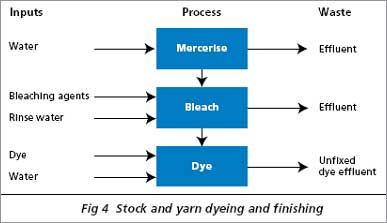 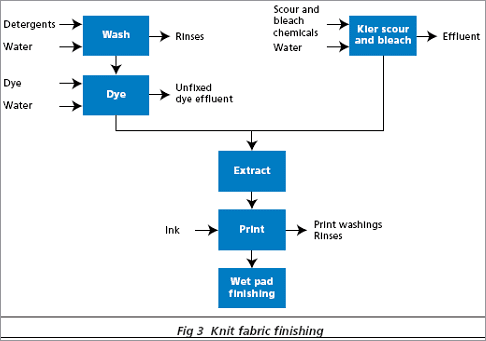 Materials used in the Textile Dyeing Process The materials that are used as inputs in textile dyeing and finishing process may include water, fiber, yarn or cloth. Examples are of wool, cotton, polyester, and a host of process chemicals that includes:
In selecting the method of textile dyeing the type of process used depends on several factors that includes type of material like fiber, yarn, fabric, fabric construction, garment. Generic type of fibers, quality standards used in the dyed fabric, sizes of the dye lots etc. The following chart gives a comparison between batch dyeing and continuous dyeing 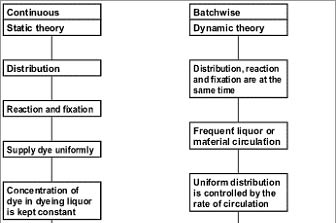 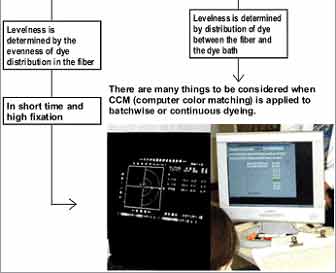 Textile materials are generally dyed using two processes. They are the following: |